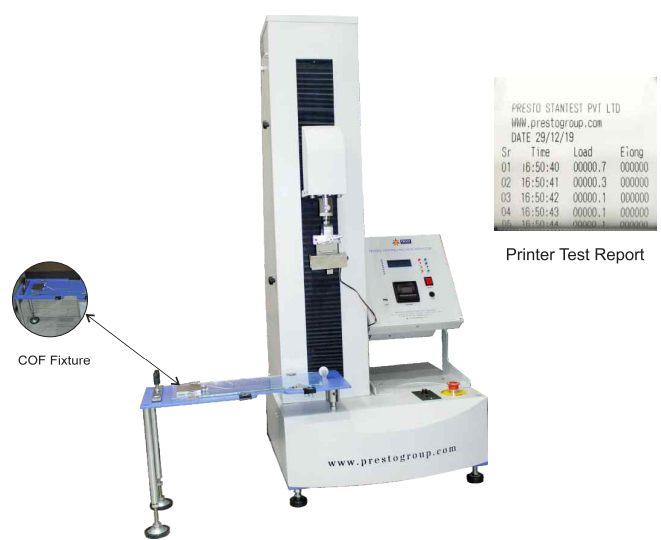

Tensile strength tells how strong a material is when you pull it. It means how much force something can handle before it breaks. From plastic bags to big bridges, this one thing helps keep products safe and working well. In this blog, we will explain tensile strength in simple words, with formula, how to test it, and where it's used in real life. We also added a table and some common questions so it's super easy to understand.
Tensile strength is how much pulling force a material can take before it breaks. Imagine pulling on a rope or stretching a rubber band—tensile strength tells you how much force it can handle before it gives out. It’s super important for anything that gets stretched, like cables in a bridge or threads in a backpack.
In simple terms, tensile strength is the max stress a material can deal with when it’s being pulled apart. It’s tested by yanking on a sample until it snaps, and that breaking point shows how strong it is.
Tensile strength is all about stress, which is the force applied divided by the material’s surface area. Here’s how it’s measured:
For example, everyday steel might have a tensile strength of about 400–550 MPa, while super-tough steel can go way higher, like over 1,000 MPa.
Breaking strength is just another name for tensile strength—it’s the max force a material can take before it breaks. The formula is easy:
Tensile Strength = Force at Break ÷ Surface Area
What that means:
For instance, if a steel rod with a surface area of 0.01 square meters breaks at 50,000 Newtons, the tensile strength is:
50,000 N ÷ 0.01 m² = 5,000,000 Pa = 5 MPa
Figuring out tensile strength is simple if you follow these steps:
For example, if a material with a surface area of 25 mm² (0.000025 m²) breaks at 12,500 Newtons:
12,500 N ÷ 0.000025 m² = 500,000,000 Pa = 500 MPa
The test is done using a machine called tensile strength tester. It pulls the material until it breaks. It tells you:

Standards like ASTM D638 (for plastic) or ISO 527 are used so results stay trusted.
These two are not same:
| Property | Yield Strength | Tensile Strength |
| What it means | When it starts bending | When it snaps completely |
| Failure point | Starts permanent bending | Full break |
| Measured during | Start of plastic behavior | End of pulling |
| Why it matters | Prevents long-term bending | Prevents total break |
| Example (steel) | ~250 MPa | ~400–550 MPa |
It is used in many places where pulling or stress happens:
Without checking tensile strength, you risk choosing weak stuff that can fail and cost more later.
Q1: What’s the difference between tensile and yield strength?
A: Yield is when a thing starts bending and won’t return. Tensile is when it finally breaks.
Q2: Why it’s important for packaging?
A: It keeps things like plastic films or bags from tearing during use or transport.
Q3: How to choose a good tensile strength tester?
A: Pick one that has digital screen, adjustable speed, easy grips, memory saving, and follows ASTM/ISO.
Q4: Does every material has different tensile strength?
A: Yes! Rubber is soft, breaks fast. Steel or carbon fiber can handle very high force.
Tensile strength helps in checking how strong and safe a material is before using it in real life—like in buildings, packaging, or machines. If you understand how to measure it, where to use it, and what it means, you can choose better materials and avoid accidents.
If you need expert help or want to buy a good tester, feel free to call us at +91 9210 903 903 or email at info@prestogroup.com.
Connect with us for your business enquiries. Generally, we respond within one or two working days.